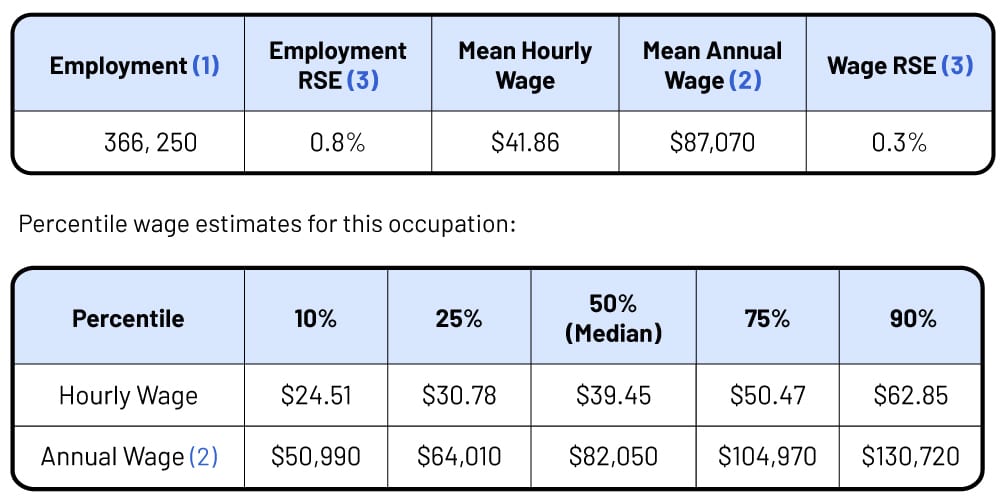The world of information technology and collaboration moves fast. In fact, it’s changing at a pace most are struggling to keep up with for a variety of reasons. People want to have skills that are in demand. Businesses need to be relevant and modern. There’s also that age-old concern for all businesses. How to reduce operating costs.
Sure, we all want to adopt those amazing new cloud services. Embrace that fancy new network appliance. But how can you get there? Is it affordable? That’s the real question. We want to reduce costs, not increase it. It’s all about reducing costs. Let’s take a look at how organizations can bridge that cost gap.
Find a Partner
SkyHigh is a cloud access security broker (CASB). Cloud access security brokers are a software tool, or service, positioned between an on-prem and cloud provider’s infrastructure. SkyHigh has incredible insights into what cloud services their customers are using. Here are a few interesting stats. The average enterprise encounters about 11 cloud-related threats a year. Eighteen percent of all files shared in a cloud solution contain sensitive data. Two percent of all files shared become unexpectedly available to the internet. This is often due to misconfiguration.
The reality is that internal teams become overwhelmed. It’s not realistic to expect internal teams to be experts in all fields. They have to continue building skills to accommodate new technology. They also have to continue to handle your business needs as they arise. Sure, you could hire more staff to help relieve the pressure. But consider this. According to the bureau of labor statistics, the average IT professional earns $88k a year. That’s without considering benefit costs.

Even the largest enterprises rely on establishing partnerships with vendors. This is because these vendors provide expert-level help in key areas. I’m not only talking about the Dell, Microsofts, or Ciscos of the world. The list of service providers is bottomless. Any of them can help with all levels of expertise to supplement your teams. There is flexibility in working with a vendor partner. You’ll only pay for the services you consume. Because you will have a team of experts on hand, your teams can focus on the larger picture.
Consultants
Another area offering reductions in operation costs is outsourcing skilled professionals. Use consultants or freelance creatives. While hiring freelance talent is helpful for small to medium businesses, large enterprises do it as well. It’s more and more common today to have teams of professionals working on an as-needed basis. Using various collaboration apps, they’re able to work together. Works-in-progress can be stored on the cloud and worked on remotely.

Dive-In
Wait, I thought this was about saving money… right? It may seem counter-intuitive to spend more money on cloud computing. Why spend more money on collaboration service when the goal is to save money. The key is to streamline the operations. Adopting cloud services is one of the biggest drivers for cutting operational costs.
Traditional infrastructure involves often pricey up-front cost for a solution. These solutions barely last 7 years. There’s the up-front cost, and things break. You’ll be paying for support throughout the lifetime of the solution. Supporting servers, storage, and applications all cost money. Not convincing enough? Take a look at capacity planning. It’s a good idea to plan for at least 5% growth. This will ensure your apps continue to work while your business grows or your user base grows. What happens when you exceed capacity planning? Live with degraded services? Make another investment to expand the infrastructure? This way makes more sense. You pay in advance to ensure room to grow, but never use that overhead until it’s needed (or never at all!)
Moving to the cloud offloads a significant amount of cost. You are reducing costs across many areas. You no longer have a huge upfront investment in infrastructure. Gone is the support costs for maintaining it. You pay as you consume. The provider takes care of the rest.
The Major Benefit Most People Miss
Cloud solution providers are incentivized to maintain excellent service. They flat out don’t get paid if they don’t perform to the level they promise. Why’s that so important? Cloud service providers have to maintain quality of service. They also have to be innovative. These are the only ways for them to remain competitive. The benefits to you are clear. You always have the latest and greatest product and excellent service. Often at the same subscription cost!
Mobility, Take Advantage of It
Regardless of your industry, mobility is an attractive advantage. Information workers welcome the option to work from home. You’ve provided them with the tools that allow them to do work remotely. Why not enable them to take advantage of your investment? Let’s take a look at how empowering your end users can help save your company money.

Reduce Office Space
If workers take advantage of being able to work remotely, you won’t have to invest in a traditional office. Let’s face it. The offices and cube farms of the past are being replaced with half cubes, hotel spaces, and meeting rooms. This is cheaper because you pay only when you need extra space. This saves a little bit of money each time. It adds up.
Connectivity is one of the great perks of modern business living. Take advantage of it. A business owner saves by not spending money on office space that’s not utilized. Employees save time and money by not having to commute to the office every day.

